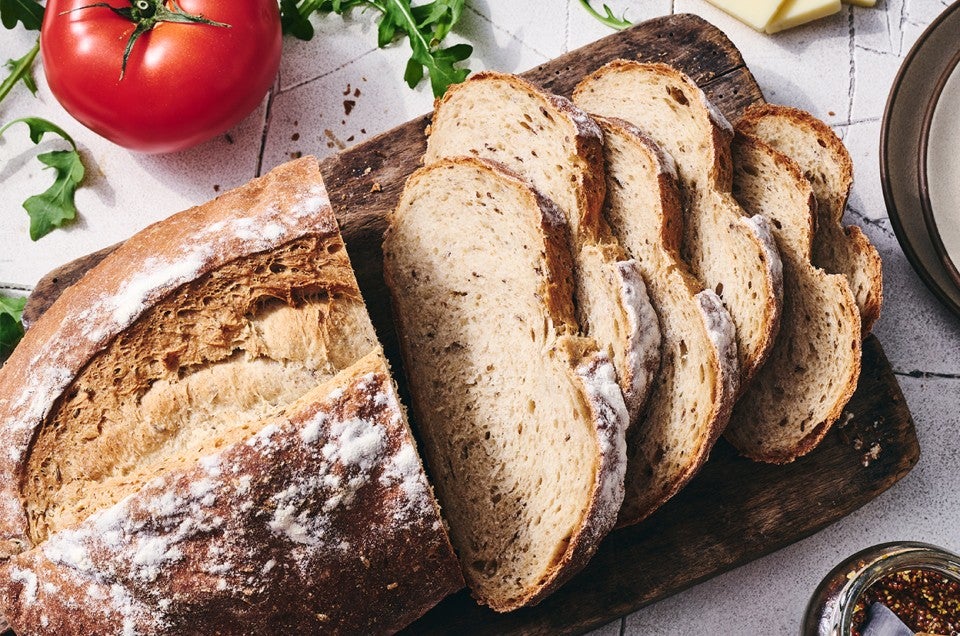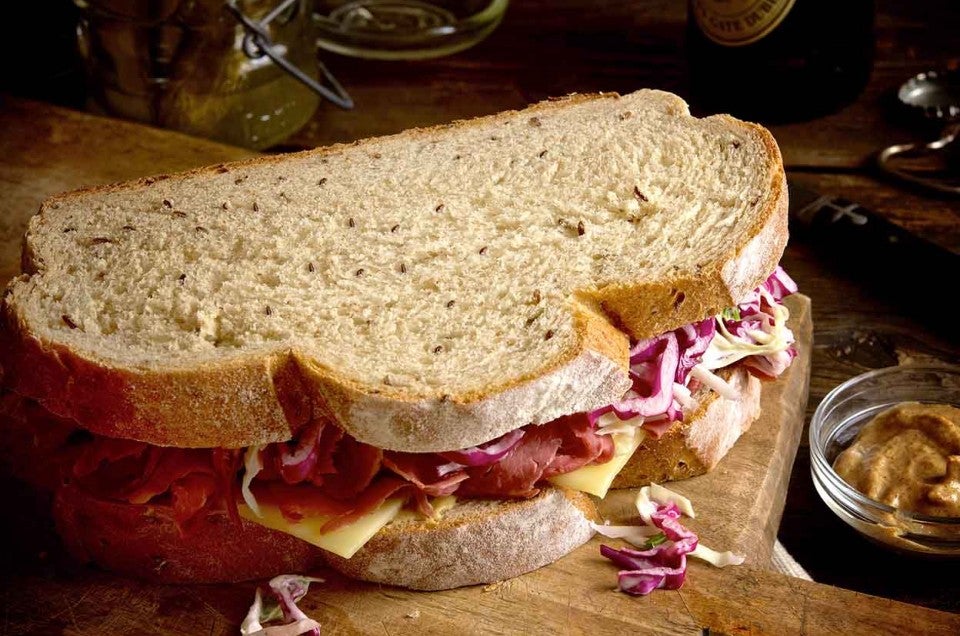Caraway Rye Bread
When it comes to rye bread recipes, this light, seed-studded loaf is a standout — soft in texture, yet rich with the classic, slightly tangy flavor of rye that makes it perfect for piling high with deli favorites. Corned beef on rye? Absolutely. And if you really want to make a super flavorful loaf of rye bread, there’s a secret ingredient swap that takes this loaf from simple to sensational in the baker's tips, below. This will become your go-to rye bread recipe.






















